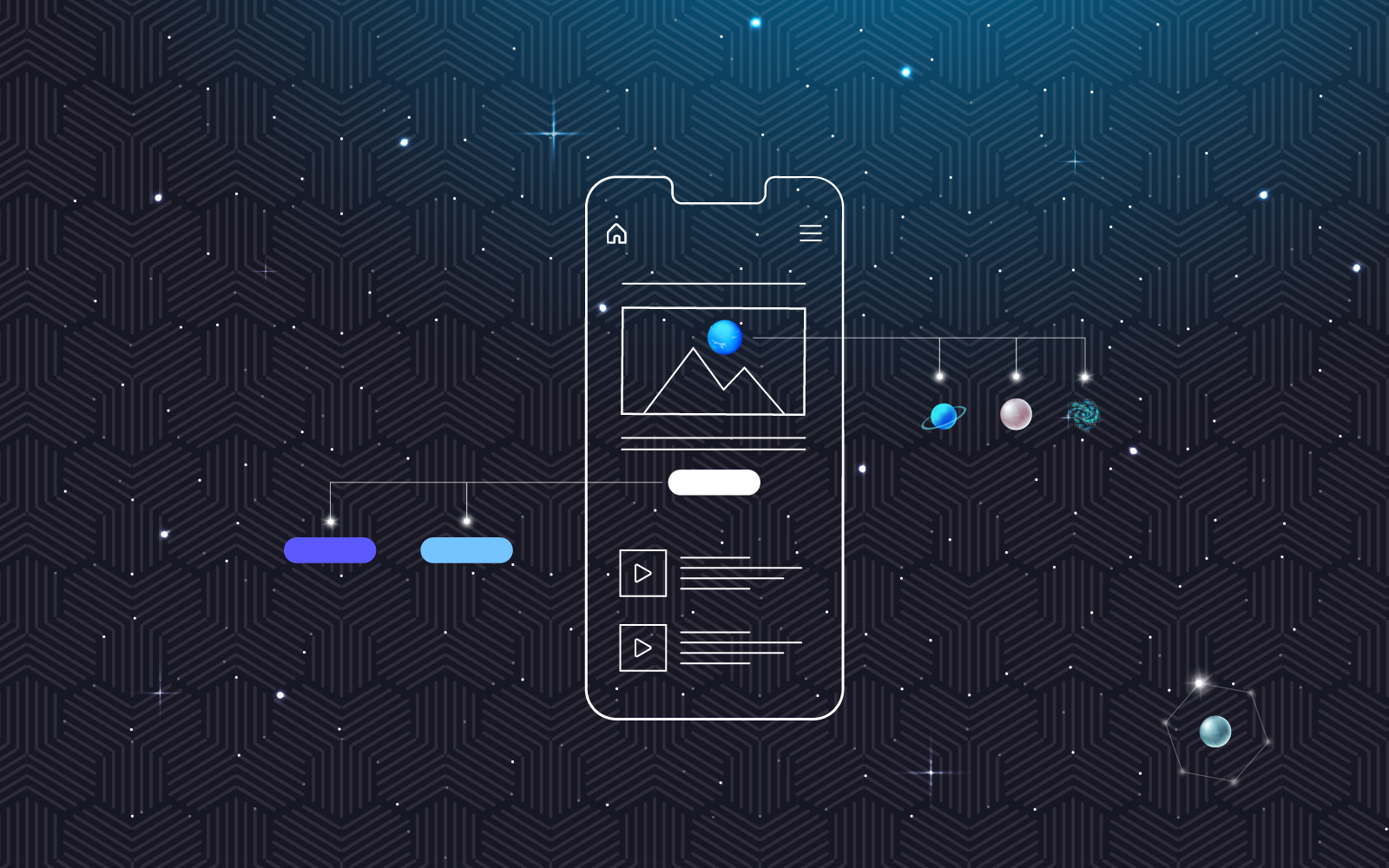User Experience Design
What is UX Design? What’s the Difference Between UX Design and UI Design? Why Do I Need UX Design?
Are you confused by the term user-experience design? If so, you are not alone. Many people use it to cover the process of creating products that provide meaningful and relevant experiences to users. But it is also used to distinguish it from user interface design. Applying the term to the entire design process as well as to a component of the process can create confusion. Are we talking about the whole process or part of the process when a user-experience design is being used?
What is user experience?
User experience is part of what is known as a customer’s journey. The journey is the sum of all experiences a customer has when interacting with a company or brand. A positive customer journey or customer experience (CX) is essential to business growth. According to a study on customer experience expectations in 2020, 86% of consumers were willing to pay more for a product if their experiences were positive.
Improving customer experience helps organizations:
- Cross-sell products
- Retain customers
- Improve customer satisfaction
To achieve results, the customer experience must be well-designed using the best practices for both UX and UI design.
What is User Experience (UX) Design?
User-experience designers are students of human nature. They focus on understanding your users, what they value, what they need, and what they know. They apply that knowledge when working with your organization to ensure that customers see their experiences as positive. While focused on the end-users, UX designers are also concerned with creating or maintaining a brand’s image.
User Experience Elements
UX is concerned with how a user feels about interacting with a system. Its goal is to create a positive customer experience that reflects the attitude the company wants a customer to have towards its brand. UX designers focus on:
- The quality of the interaction between the user and a company’s digital presence.
- The cognitive science that applies when customers interact with digital devices.
- The feeling the digital experiences create in relation to a company’s strategy.
Without a designer who is trained in cognitive science and human behavior, it is challenging to create experiences that result in the emotional and intellectual appeal that makes for an exceptional customer journey.
User Experience Best Practices
The best practices for user experience design eventually come back to Peter Morville’s honeycomb of user experience. Well-designed user experience must be:
- Valuable: Whether it is an ebook or a catalog, site content must fulfill a need.
- Usable: Information must be easy to locate, and the site must be simple to navigate.
- Appealing: Design elements should evoke an emotional as well as cognitive response.
- Credible: User experiences should build trust between users and the company.
- Inclusive: Experiences must be designed for all users, including those with disabilities.
Creating a successful user-centered design encompasses the principles of cognitive science as well as human-computer interactions.
User Experience and the Customer Journey
If the total of a customer’s experiences constitutes a journey, then UX designers set the itinerary. Designers decide the starting and ending points of the digital journey. They determine the stops along the way, using customer feedback and industry research. They may conduct research to identify which stops on the journey are to be enjoyed and which ones need to be completed as quickly as possible.
For example, a visitor to your website enjoys your blog and may read several at once. Another visitor wants to make a purchase as quickly as possible. Knowing when to speed up or slow down, customer interaction is part of a UX designer’s job. UX designers are responsible for mapping the perfect itinerary for the customer’s digital experience.
How User Experience and User Interface Design Work Together
Have you ever said, “I like the look and feel of that website.”? If so, you are saying you like the UI design (look) and the UX design (feel) of the site. Whether you realize it or not, you are separating the look of something from its feel. It is almost instinctive.
UX design focuses on the journey, and it usually comes first in the design or development process. Its purpose is to identify potential problems in the journey, so they are corrected before the customer experiences them.
UI design creates a customer interface using visual and interactive elements that facilitate the customer’s journey. Its concern is making the interaction as intuitive as possible, so customers enjoy a positive experience.
When creating a digital journey, UI and UX designs combine to deliver a superior experience. In today’s market, you can’t afford to do less.
Let us help you get started
Join hundreds of other businesses that use 729 Solutions to design their user interface and the user experience it’s creating for their users.



